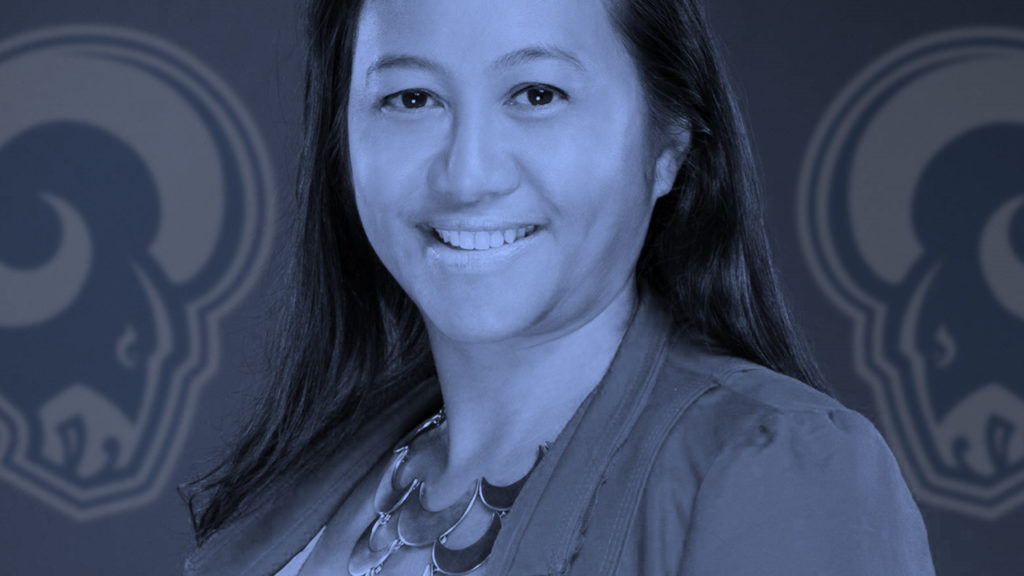For nearly two decades, Ronalee Zarate-Bayani has proven her ability to navigate this turbulent landscape with panache. Zarate-Bayani started out at Taco Bell and Visa, before working her way up at Hershey, eventually becoming the head of global integrated marketing. In 2016, the St. Louis Rams moved backed to Los Angeles, and a year later the team hired Zarate-Bayani to be franchise’s chief marketing officer.
Moving from a legacy chocolate brand in Pennsylvania to the bright lights of the NFL in Los Angeles certainly has its differences in audience. Zarate-Bayani sat down with AList to discuss the changing landscape and what it takes to survive, no matter what kind of brand you represent.
What was it like transitioning from food to sports marketing?
In the world that I came from—Hershey, Visa and Taco Bell—the product isn’t alive. In sports, you have a team and that is your product. Your product can get hurt. There are all these dynamic forces that change what you can or can’t do. The fundamentals are still the same, which is why it’s so exciting to come into this world. What is different is the level of intensity in which the fans engage with your product. In sports, it is by far the most intense fandom, good or bad.
What has changed in marketing the last few years that’s affected your position?
Wow, what hasn’t changed? I always say the best marketers are modern day marketing alchemists. It’s about being able to pull the right experts into the mix, understanding enough of the language to be able to put the mix together so it’s that much better. But, it takes having to understand a lot more than the fundamentals of marketing. You have to be a GM, you have to be part technologist [and] you have to be part data analyst. It’s about the marriage of art and science and translating that from a business perspective as well as being in touch with the heart of the fan and the consumer.
In the last five years, I’ve looked at technology alongside our CTO or CIO, I’ve looked at the business P&L alongside our GM and have actually operated the P&L. Gone are the days where it’s just about the art—now it’s infused with all the data and how do you make sense of it from a business perspective.
How do marketers view themselves in 2018?
Marketers, more so than any other function, are constantly having to stay ahead of the curve and to learn new skills. It is a constant transformation almost daily. If you stuck to what you knew to work in the past, you’ll be dead in the future. How do you take what works but then take it to a whole other level given all the factors that are changing all around you so that you can adapt to the new environment?
Marketers are like chameleons—they’re constantly having to adapt to the environment, which is changing faster than it ever was before.
What is the most immediate challenge marketers are facing?
Marketers have to exercise both sides of their brains more. The traditional world of marketing and thinking of channels is going to be gone. It’s about the mix of the virtual and the real—the blending of experiences across all environments and it’s underpinned with data and technology. If you don’t understand the world of data and technology and know how to bring that to make the marketing work, you’re going to be in a whole world of hurt.
Where does personalization fit in your marketing strategy?
It’s absolutely critical, but personalization can be interpreted in many ways and the question is, “How personal is personal and not creepy?” It’s personalization to the extent that you are providing relevant value. In a stadium full of people, personalization is 1:1 in a world of one-to-many. I say that in the sense that if you go 1:1 too much, it is very creepy. You never want to cross that line. The reality is, that personalization is all about making sure you’re delivering something of value each and every time you’re interacting.

